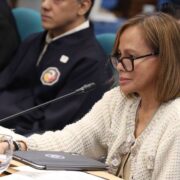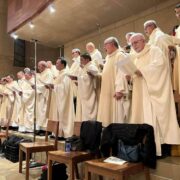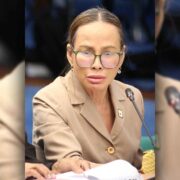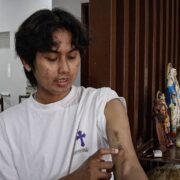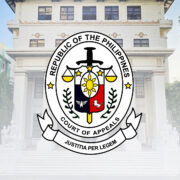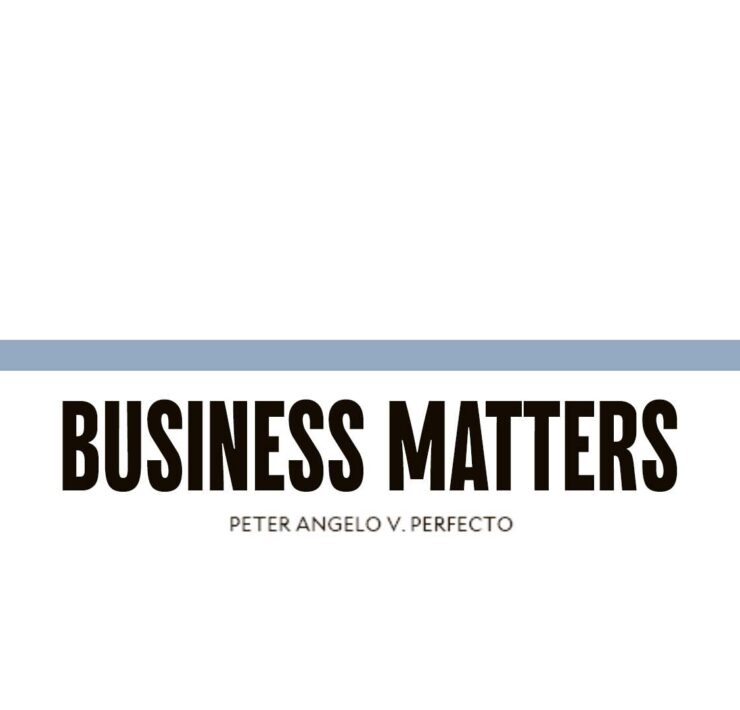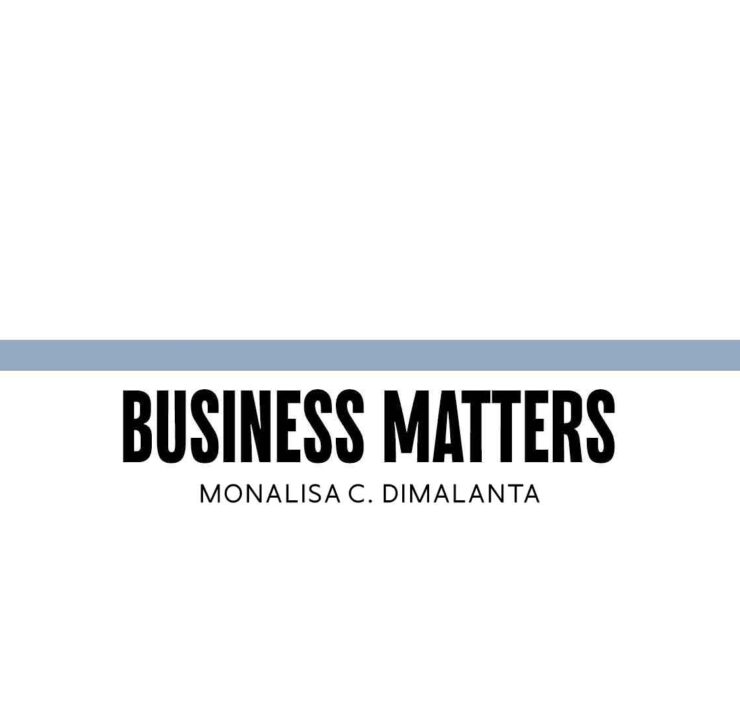PPP for the children’s welfare
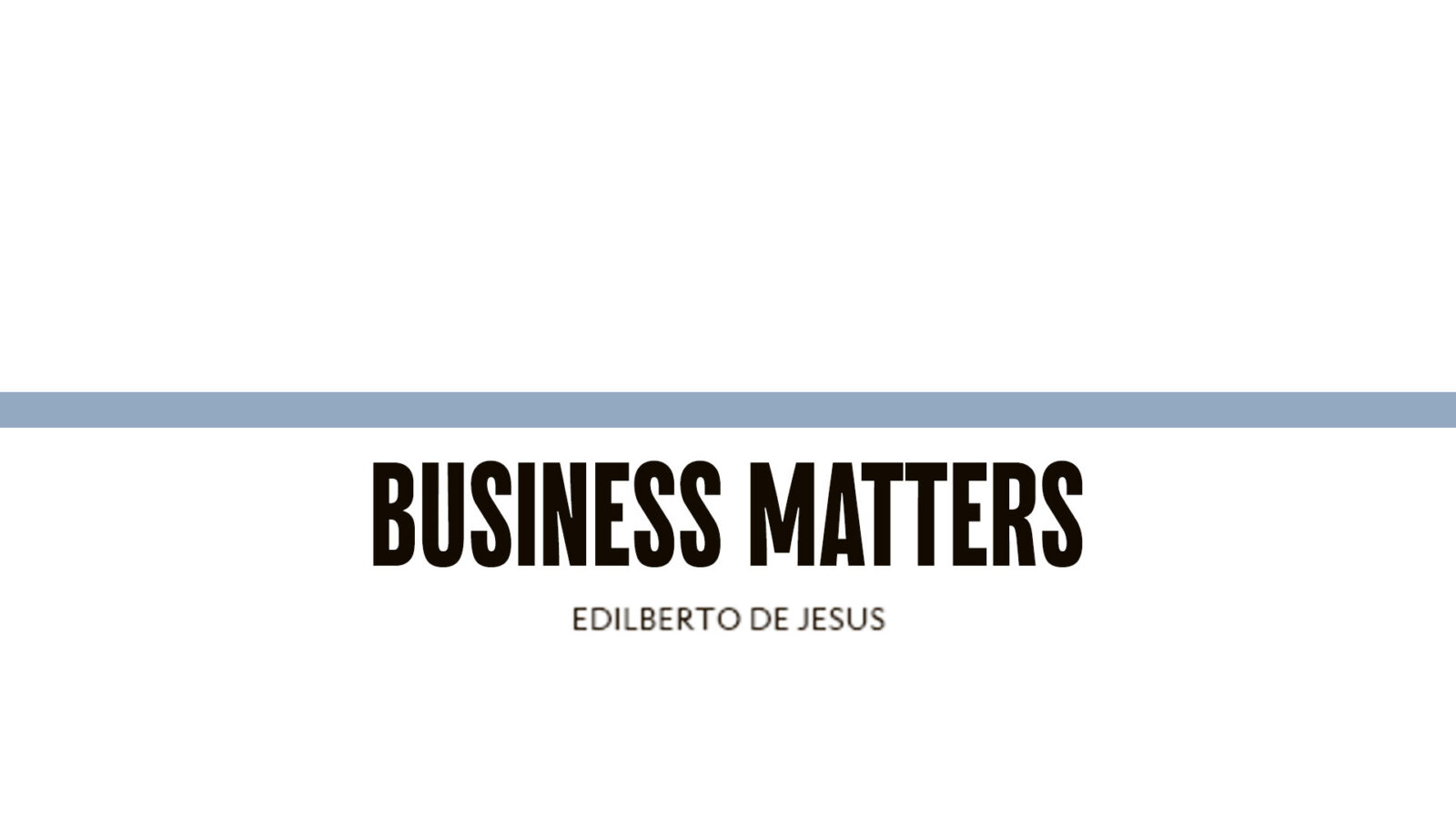
The Second Congressional Commission on Education (EdCom II) has traced in two extensive reports the root causes of the recurring maladies of the Philippine education system and prescribed a well-considered course of treatment. Government officials and private sector executives who collaborated on this project deserve commendation and thanks. Their work already serves as the indispensable starting point for education reform. They promise that their final piece will “identify the most critical interventions” and draw a “road map that ensures sustainable improvements.”
With an agenda as complex and enduring as educational reforms, some EdCom II analyses and conclusions will invite doubt and disagreement. To understand and unpack the full implications of policy research findings even on less debatable issues requires time and effort. The expert, high-level composition of EdCom II gives it credibility and clout. But policy recommendations often need translating to more actionable targets for easier implementation by the bureaucracy. The sheer depth of the education crisis and the needed scale of intervention make quick fixes dubious and dangerous.
EdCom II acknowledges these concerns and the need for “nuance.” It concedes that its work is “comprehensive” but “by no mean exhaustive.” It thus calls for the “essential” dialogue with stakeholders, “whose voices must inform policies.” It invites suggestions on “critical impediments that remain unaddressed” so that reforms can “help build a system that truly works.” The message is both encouragement and warning: completing the highest priority reform prescriptions will go beyond the fixed terms of EdCom II and of Department of Education (DepEd) Secretary Sonny Angara.
These are not excuses for delaying action. They argue for postponing contentious issues and first focusing on issues addressing (1) undisputed, critical problems, (2) open to approaches already acceptable to stakeholders, and (3) promising immediate, measurable benefits to encourage further reforms. EdCom II had already identified one such issue. DepEd faces a gap in classroom supply, already at 165,000 and growing, to serve basic education’s still expanding enrollment. Seventy percent of existing school buildings already require repair work, with the majority still lacking adequate sanitary facilities.
These conditions hinder the learning process, endanger the health of the children, and impact the effectiveness of teachers. Building additional classrooms is an obvious response. But EdCom II has also found that absorptive capacity issues, internal inefficiencies, and coordination failures have resulted in available funding going unused. Construction projects routinely encounter right-of-way, weather delays, and supply chain problems. Identifying and addressing specific bottlenecks need further, granular work.
Fortunately, even before the release of EdCom II’s second report, Angara had already launched a program to remedy the problem. With full support from Malacañang and its economic team, DepEd has mobilized public-private partnerships (PPP) to build up to 105,000 classrooms. This approach also has EdCom II’s blessings. In her abbreviated 2022 to 2024 term, following DepEd’s procurement process, Secretary Sara Duterte built less than 5,000 classrooms. EdCom II also recommends a second PPP-type solution that Angara is also exploring. House Bill No. 11214, filed by EdCom II co-chair Roman Romulo, has already outlined the concept and its logic.
Since 1989, the Private Education Assistance Committee (PEAC) has managed the education services contracting voucher system in junior high school (K6-10). With the senior high school program (K11-12) added in 2016, PEAC runs one of the world’s largest and longest-running examples of PPP in educational services. Adopted in elementary education, DepEd can enroll schoolchildren for whom it lacks space in private schools with excess capacity. It is a cost-effective option to meet the immediate problem of overcrowded classrooms more quickly than building and staffing new school buildings. Voucher subsidies will help strengthen partner private schools supported by taxpayer tuition fees, thus also promoting the long-term policy advocacy, long pursued by Philippine Business for Education for public-private sector complementarity.
Expanding PEAC’s program would benefit some 120,000 “aisle learners,” about 22 percent of DepEd’s “surplus” students. Not an insignificant number; EdCom II calculates that an average annual construction budget of P24 billion will resolve the classroom shortage—in 20 years. Private schools have already proven that they can relieve the public-school congestion problem at a reasonable cost without sacrificing quality. Elementary education vouchers will enable more private schools to respond to a critical national need—for the benefit of both sectors and the welfare of the schoolchildren.
—————–
Edilberto C. de Jesus is professor emeritus at the Asian Institute of Management.
—————–
Business Matters is a project of the Makati Business Club (makatibusinessclub@mbc.com.ph).



